SGGP
In many drowning cases, even though the child is unconscious and not breathing, they are not given immediate cardiac arrest resuscitation. Instead, the child is carried upside down and run around, increasing the risk of reflux and the child inhaling stomach contents into the lungs.
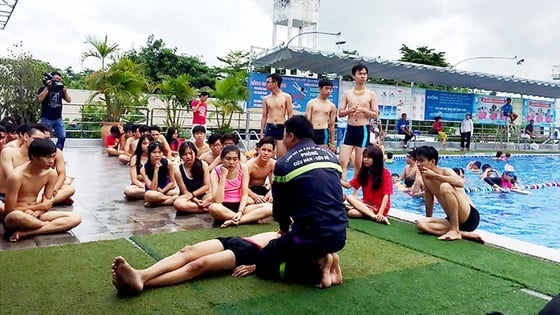 |
| Training in CPR |
On June 10, the National Children's Hospital announced that in the past week, hospital doctors had received emergency treatment for 7 children who were hospitalized in critical condition due to drowning in swimming pools and lakes. Of these, 3 children had prolonged cardiac arrest and 4 children had critical respiratory failure. Notably, only 1 child received proper initial first aid, the remaining cases were given incorrect cardiac arrest.
In many drowning cases, even though the child is unconscious and not breathing, they are not given immediate cardiac arrest resuscitation. Instead, the child is carried upside down and run around, increasing the risk of reflux and the child inhaling stomach contents into the lungs.
According to Dr. Phan Huu Phuc, Director of the Institute for Child Health Training and Research, National Children's Hospital, first aid for drowning children is very important. Because the main cause of death in drowning children is brain damage due to lack of oxygen. The maximum time the brain can withstand lack of oxygen is only 3-5 minutes, if this time exceeds, it will lead to irreversible brain damage, causing death or neurological sequelae. Therefore, when seeing a drowning child who is unconscious, not breathing, or has a cardiac arrest, it is necessary to perform cardiopulmonary resuscitation (mouth-to-mouth resuscitation, chest compressions) immediately because this is the golden time to save the child's life.
The National Children's Hospital has applied targeted active hypothermia therapy (using devices to reduce the child's body temperature to 33-34oC in a few days) to protect the brain, prevent further brain damage, and help the child recover. However, the effectiveness of hypothermia therapy depends on how long the child's heart has stopped and whether the child receives timely and proper cardiopulmonary resuscitation.
Source



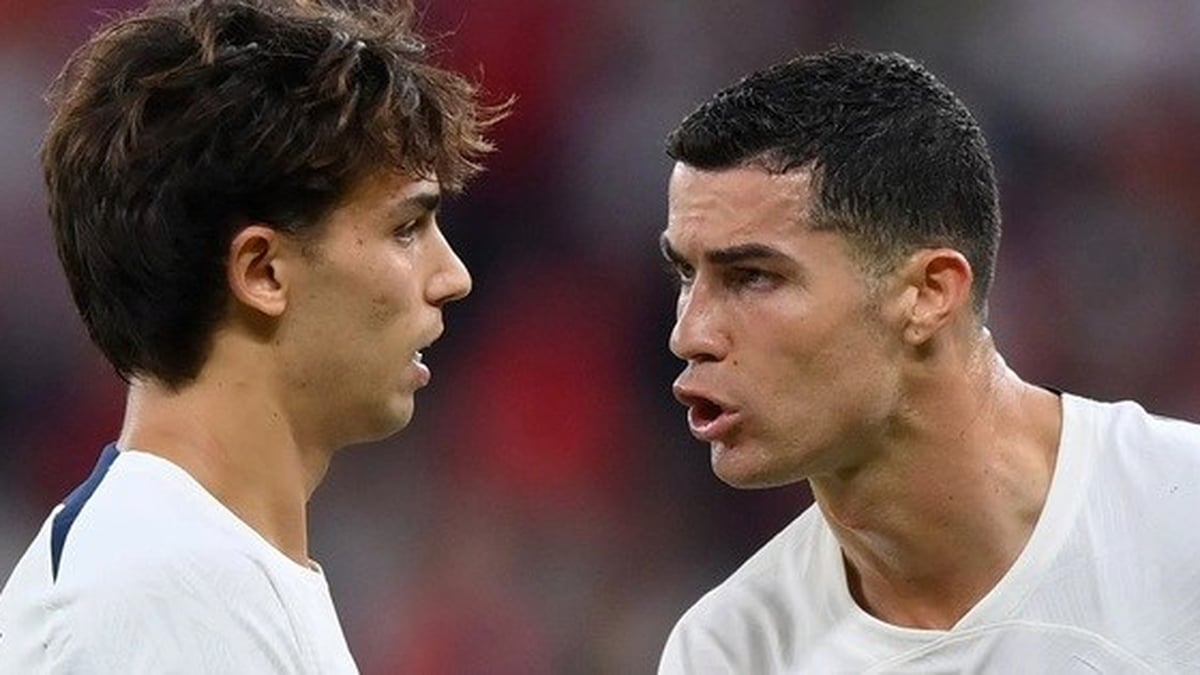



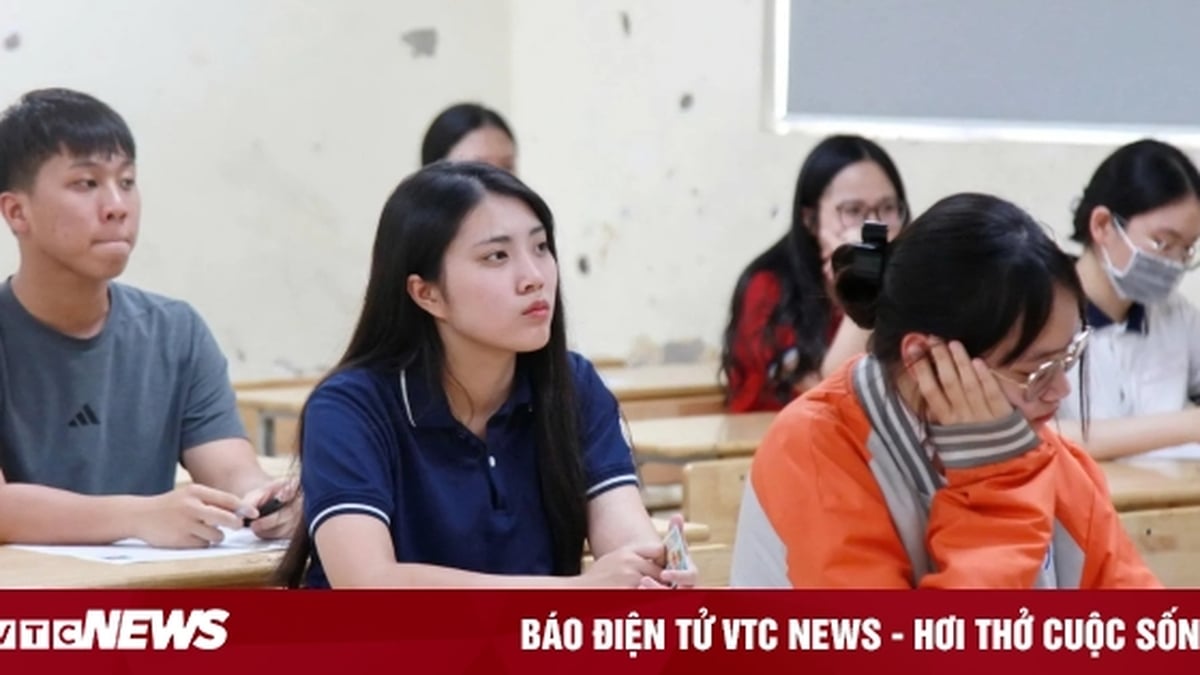





















![[Photo] National Assembly Chairman attends the seminar "Building and operating an international financial center and recommendations for Vietnam"](https://vphoto.vietnam.vn/thumb/1200x675/vietnam/resource/IMAGE/2025/7/28/76393436936e457db31ec84433289f72)
















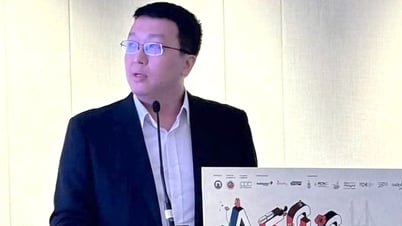

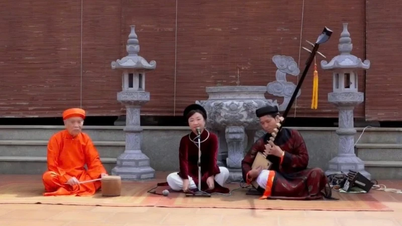





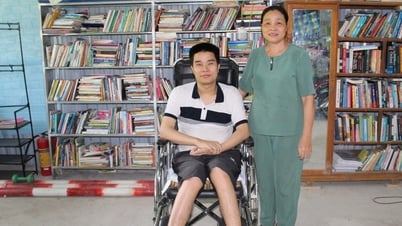



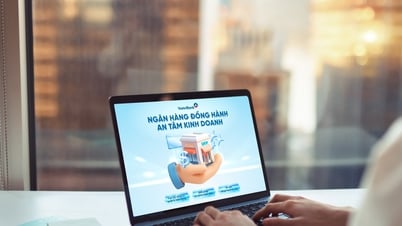



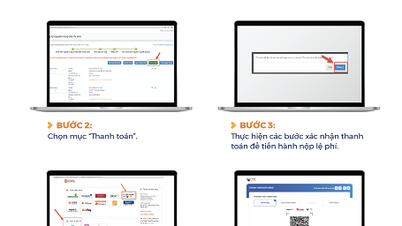




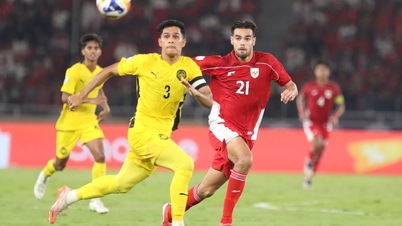

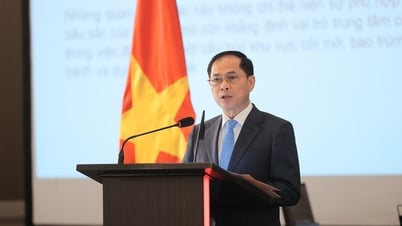







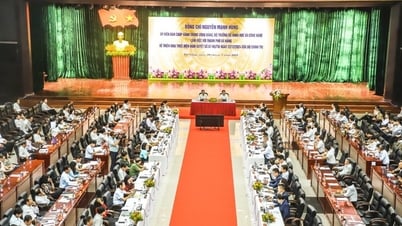























Comment (0)